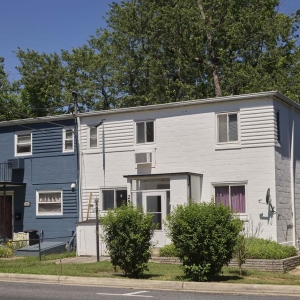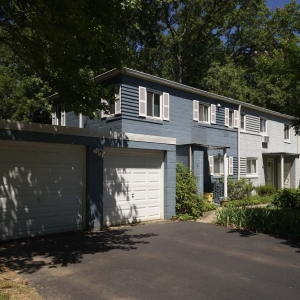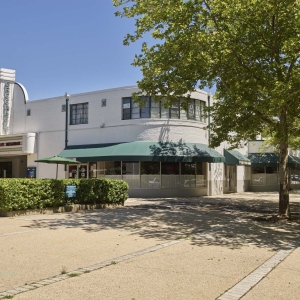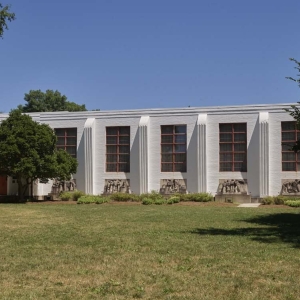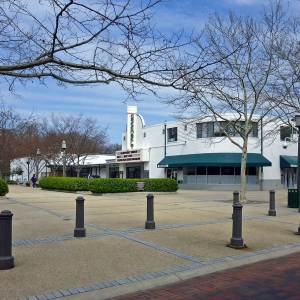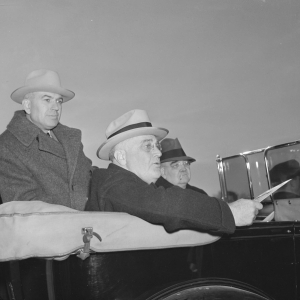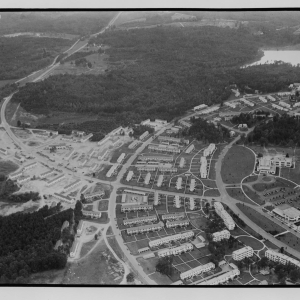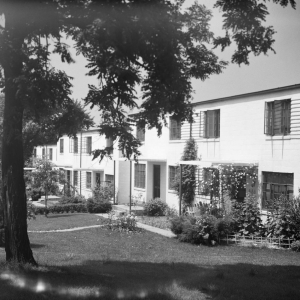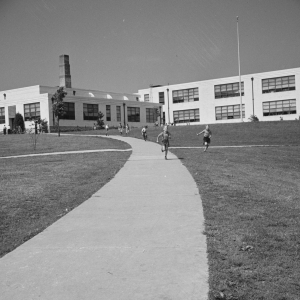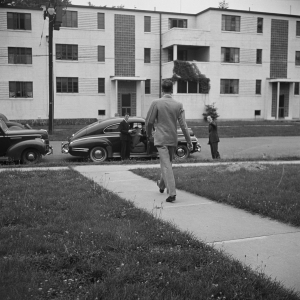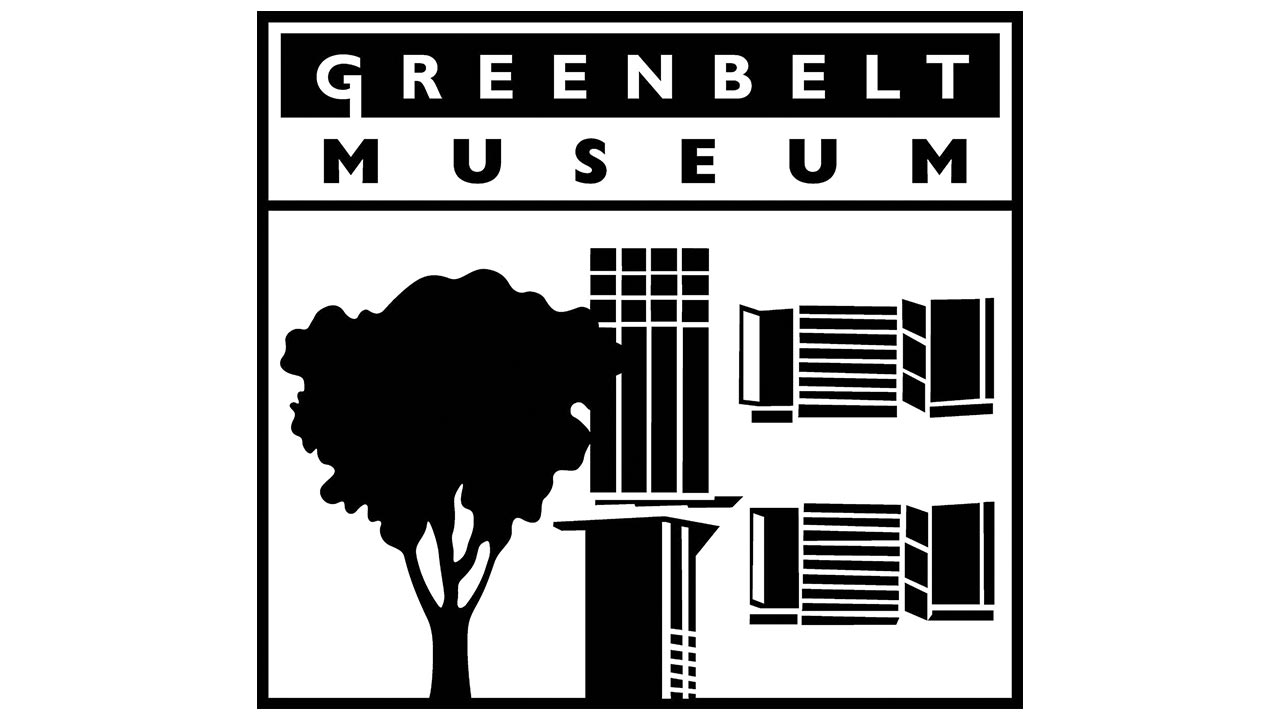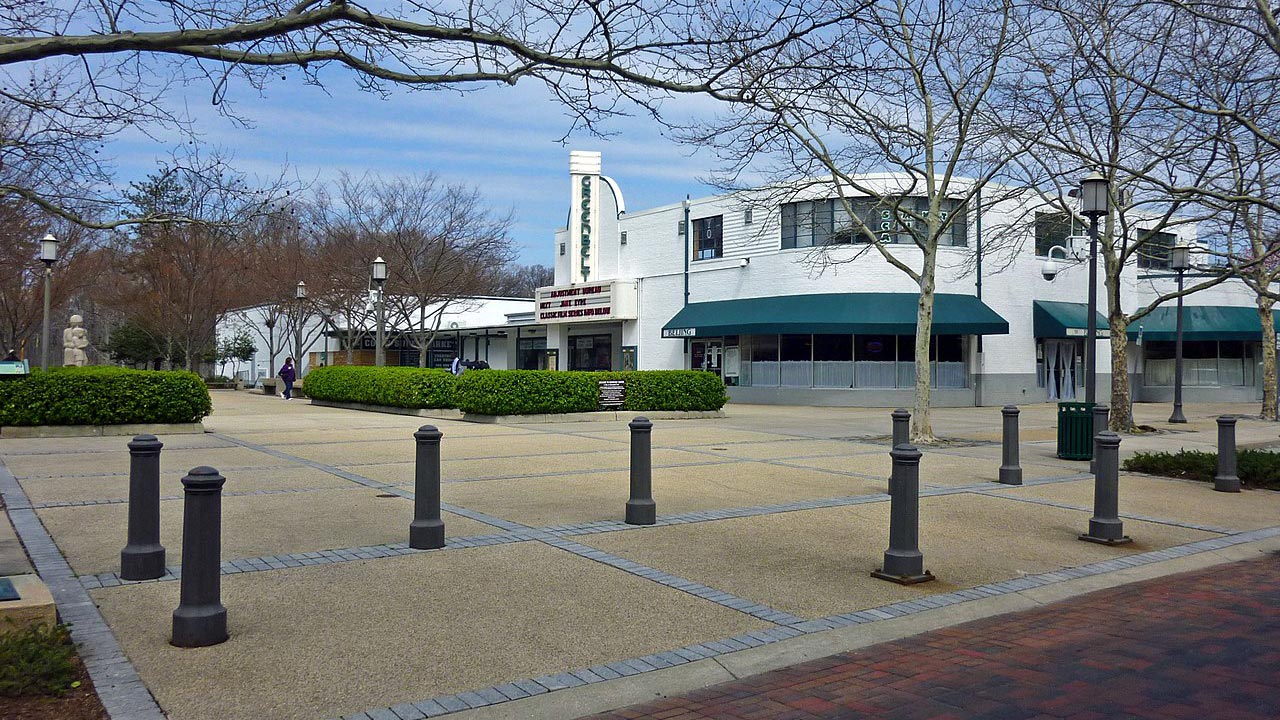
Greenbelt, Maryland
Greenbelt, United States
Greenbelt (also a suburb of Washington, D.C.) is one of three Greenbelt Towns in the US that was born out of the Great Depression of the 1930s.
| Garden City Type: | Mixed (housing association / municipality / other) |
| Country: | United States |
| City: | Greenbelt |
| Years of construction: |
1936 Start construction 1937 Completion
|
| Initiator/client: | United States government |
| Architect or related: |
Rexford Tugwell Rexford Guy Tugwell (July 10, 1891 – July 21, 1979) was an American economist who became part of Franklin D. Roosevelt's first "Brain Trust", a group of Columbia University academics who helped develop policy recommendations leading up to Roosevelt's New Deal. He and president Roosevelt created the Resettlement Administration |
| Heritage status: | Yes |
| Explanation: | The original, federally built core of the city – known locally as Old Greenbelt – was recognized as the Greenbelt Historic District by the Maryland Historical Trust. It is listed on the National Register of Historic Places as a National Historic Landmark District. |
| General condition of Garden City: | Good condition |
General description
Greenbelt is the first and the largest of the three experimental and controversial New Deal Greenbelt Towns. It was built to create jobs while providing much-needed affordable housing. The other Greenbelt Towns are Greenhills (Ohio) and Greendale (Wisconsin). A fourth (Greenbrook in New Jersey) was planned, but was ruled unconstitutional by the United States Court of Appeals for the District of Columbia Circuit in Franklin Township v. Tugwell.
Tugwell’s vision was based on the garden city concept and also entailed smaller towns on the outskirts of cities, surrounded by green space. Beyond this belt of green space, farmers would grow crops which could be sold in the nearby towns. The towns, just like the original garden cities, were also meant to combine the best aspects of a rural life – lakes, woods, and open spaces – with the best aspects of an urban life – recreational facilities, theaters and shops. Ebenezer Howard’s vision influenced American urban planners such as Clarence Stein, who designed Radburn, Sunnyside Gardens and Village Green and was also a consultant on the Greenbelt project.
The government operated Greenbelt until 1952. It was sold to a cooperative formed by the residents, which was originally called Greenbelt Veterans Housing Corporation. Today the co-op is called Greenbelt Homes, Inc., which owns and manages 1600 homes, common areas and woodlands.
Architecture / Urban planning
The homes built for Greenbelt included apartment buildings, row houses, and a few free-standing prefabricated homes. It consisted of structures built in the Art Deco, Streamline Moderne, and Bauhaus architectural styles. Pedestrians were safe from traffic: walkways wind through the interior of the superblocks, with three underpasses providing walkways under the main roads. Businesses were located in a mall in the center of town, within easy walking distance of the houses. A combined elementary school and community center, as well as recreation facilities were all centrally located. Greenery is prevalent and the area also features a man-made lake and many playgrounds.
Residents and the Community
As Prince George's County was deeply segregated when Greenbelt was built, the town was planned as an all-white town. Though segregated based on race, it was integrated religiously: 63% were protestant, 30% Roman Catholic and 7% Jewish. Applicants had to be married couples, earn between $800 and $2200 per year, and the husband had to be employed to be considered for residency in the new community.
Sources
- Website URL

